Resources for working with native seed mixes in large areas
This resource is meant to be a living document that our community can enrich as they learn. Thank you for sharing generously. If you have additions, go ahead and suggest them in comments, and we’ll update the post.
Seed Companies
Earth Sangha
https://www.earthsangha.org
May be able to supply a large amount of native plants to plant including seeds if you give them a year to first grow them at the nursery
Ernst Seeds
https://www.ernstseed.com
Virginia Northern Piedmont Mix: https://www.ernstseed.com/product/va-northern-piedmont-facw-mix/
Suggestions
Preparation of the site and the exhaustion of the bank of weed seeds will be critical. Tilling will release a trove of weeds. Future mowing regimens should also be established to mow the annual cool-season weeds in Spring but before the warm-season perennials have taken off. Mowing will also keep the woodies at bay.
Consider using seeds for the grasses/flowers, but later use plugs for other flowers, as your budget allows. The flower plugs allow you to have more of an immediate visual impact without breaking the bank. The grasses become the foundation of your planting with the flowers as a smaller, but important, component. (Source: Joe Gorney, President, Fairfax Master Naturalists)
Notes from October 2018 issue of The Acorn, Earth Sangha
Additional notes on plants and conditions, courtesy of Lisa Bright, Executive Director, Earth Sangha
For meadow-type gardens, you would need sunny and dry-tolerant species to partial-sun and moist-loving species:
- Little Bluestem (Schizachyrium scoparium)
- Andropogon virginicus (Broomsedge Bluestem)
- Purple-top Grass (Tridens Flavus)
- Beaked Panic Grass (Coleataenia anceps)
- Southeastern Wildrye (Elymus glabriflorus)
- Indian Grass (Sorghastrum nutans)
- Purplelove Grass (Eragrostis spectabilis)
- Narrow-leaved Mountain Mint (Pycnanthemum tenuifolium)
- Roundleaf Thoroughwort (Eupatorium rotundifolium)
- Hyssop-leaved Boneset (Eupatorium hyssopifolium)
- Flat-topped White Aster (Doellingeria umbellata)
- Black-eyed Susan (Rudbeckia hirta)
- Orange Coneflower (Rudbeckia fulgida)
- Late Purple Aster (Symphyotrichum patens)
- Early Goldenrod (Solidago juncea)
- Grey Goldenrod (Solidago nemoralis)
- Narrow-leaved goldenrod (Euthamia graminifolia)
- Wild Bergamort (Monarda fistulosa)
For edge of meadow bordering woodlands (sunny most of the time):
- Deertongue Grass (Dichanthelium clandestinum)
- Squarrose Sedge (Carex squarrosa)
- Slender Oatgrass (Chasmantium laxum)
- Georgia Bulrush (Scirpus georgianus)
- Bottlebrush Grass (Elymus hystrix)
- Common Patridge Pea (Chaemecrista fasciculata)
- Joe Pye Weed (Eutrochium fistulosum)
- Rough Boneset (Eupatorium pilosum)
- Woodland Sunflower (Helianthus sturumosus) & (Helianthus divaricatus)
- Broadleaf Ironweed (Vernonia glauca)
- Carolina Wild Petunia (Ruelia caroliniensis)
- Golden Alexander (Zizia aurea)
- Hyssop Skullcap (Scutellaria integrifolia)
- Spotted Bee Balm (Monarda punctata)
- Rough-stemmed Goldenrod (Solidago rugosa)
- New England Aster (Symphyotrichum novae-anglie)
- Lyre-leaf Sage (Salvia lyrata)
- Blue Mistflower (Conoclinium coelestinum)
Partial-sun woodlands:
- Slender Oatgrass (Chasmantium laxum)
- Wood Sedge (Carex blanda)
- Long-awned Wood Grass (Brachelytrum erectum)
- Cattail Sedge (Carex typhina)
- Virginia Wildrye (Elymus virginicus)
- Bottlebrush Grass (Elymus hystrix)
- Riverbank Wildrye (Elymus riperius)
- Poverty Oatgrass (Danthonia spicata)
- White Wood Aster (Eurybia divaricata)
- Blue-stemmed Goldenrod (Solidago caesia)
- Common Dittany (Cunila origanoides)
- American Alumroot (Heuchera americana)
- Erect Goldenrod (Solidago erecta)
- Silverrod (Solidago bicolor)
Streamside woodland edges, full to partial sun:
- Deertongue Grass (Dichanthelium clandestinum)
- Georgia Bulrush (Scirpus georgianus)
- Common Wood Reedgrass (Cinna anundinacea)
- Lurid Sedge (Carex lurida)
- Northern Long Sedge (Carex crinita)
- Redtop Panic Grass (Coleataenia rigidula)
- Crown Grass (Paspalum floridanum)
- New York Ironweed (Vernonia noveboracensis)
- Blue Swamp Verbena (Verbena hastata)
- Canada Germander (Teucrium canadensis)
- Calico Aster (Symphyotrichum lateriflorum)
- Crooked-stem Aster (Symphyotrichum prenanthoides)
- Green Coneflower (Rudbeckia laciniata)
- Common Boneset (Eupatorium perfoliatum)
- Common Sneezeweed (Helenium autumnale)
Rain garden:
- Deertongue Grass (Dichanthelium clandestinum)
- Crown Grass (Paspalum floridanum)
- Lurid Sedge (Carex lurida)
- Frank’s Sedge (Carex frankii)
- Georgia Bulrush (Scirpus georgianus)
- Beaked Panic Grass (Coleataenia anceps)
- Redtop Panic Grass (Coleataenia rigidula)
- Swamp Rose Mallow (Hibiscus moscheutos)
- Swamp Rose (Rosa palustris)
- Blue Swamp Verbena (Verbena hastata)
- Green Coneflower (Rudbeckia laciniata)
- Sneezeweed (Helenium autumnale & H. flexuosum)
- Allegheny Monkey Flower (Mimulus ringens)
- Foxglove Beardtongue (Penstemon digitalis)
- Fall Phlox (Phlox paniculata)
Precautions
If “large area” means more than 2500 square feet, including a 10 foot buffer around the bed and any disturbed access to the site, it is a land disturbing activity and may require a permit from the county.
If a “run off” pond is connected to a perennial stream, it may also have a Resource Protection Area (RPA) defined; again you would need a permit. Contact the Fairfax County Land Development Services before proceeding if the project is in Fairfax. Prince William and Arlington Counties have similar restrictions. Loudoun does not have RPAs but does have restrictions on land disturbance. (Source: Jim McGlone, VA Dept of Forestry)
Seeding a large area can turn into disaster, one gigantic weedy mess. Look at the meadows others have tried that just turned into a mass of Japanese stiltgrass. Who is going to spend the hours and hours necessary to do the weeding? An alternative strategy would be to start with a small area and expand over the years, or start with one or two species of grass and absolutely nothing else, get that established, then add the forba later. The fewer the species, the easier the weeding job for people who are not botanists. Spend the first year or so simply killing what is there already, letting more weeds sprout, then killing them as well, before doing any planting at all.
In a public setting, most people do better with a more traditional landscaping approach, using mulch initially between plants and not using seeds. For covering very large areas, there is a lot to be said for using shrub and trees with nice wide paths, plus some groundcover wherever you can afford to pay for enough plugs, and a manageable size pollinator garden somewhere in the mix. (Source: Margaret Fisher, Plant NOVA Natives)
Further Reading
Garden Revolution: How Our Landscapes Can Be a Source of Environmental Change, by Larry Weaner
Planting in a Post-Wild World: Designing Plant Communities for Resilient Landscapes, by Thomas Rainer and Claudia West
The Living Landscape: Designing for Beauty and Biodiversity in the Home Garden, by Rick Darke


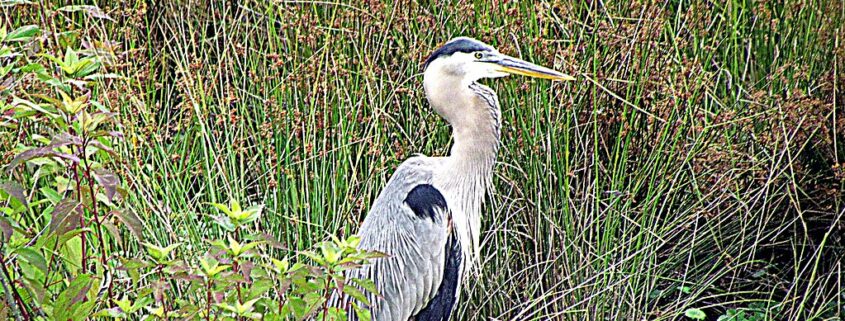

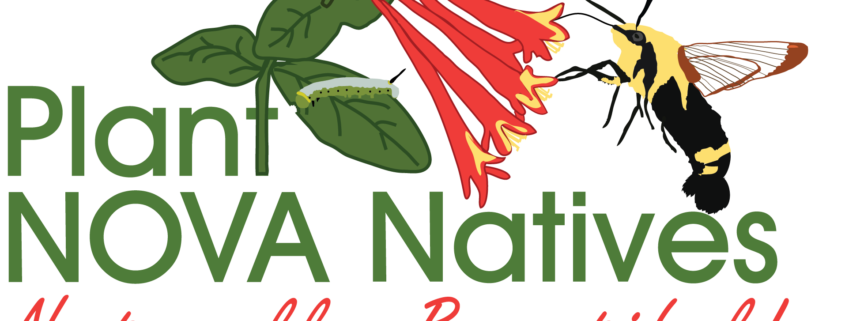

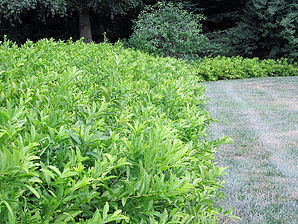
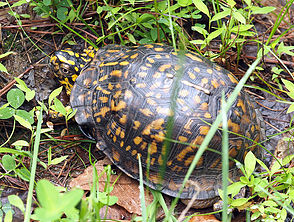
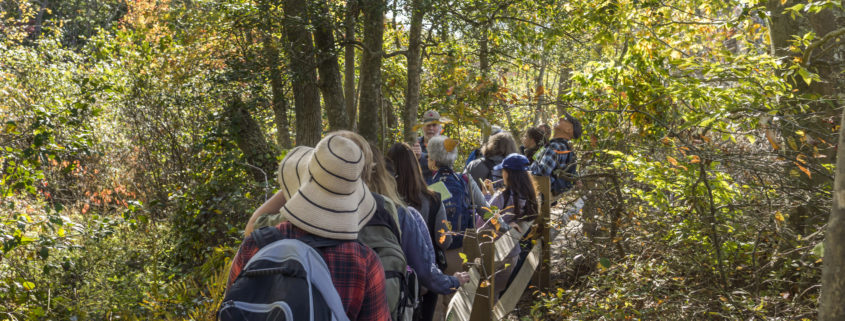

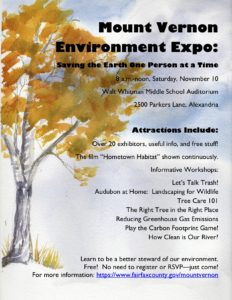 Please
Please